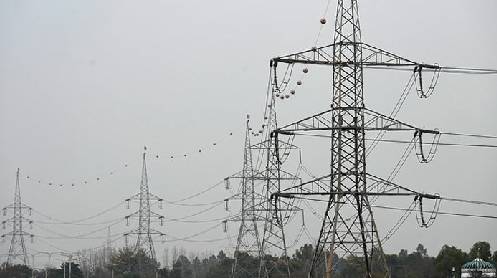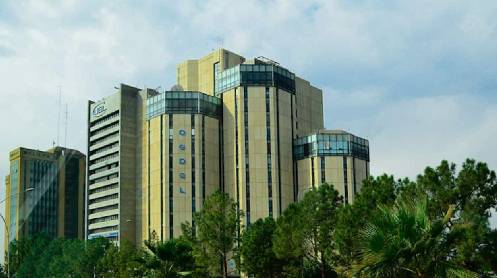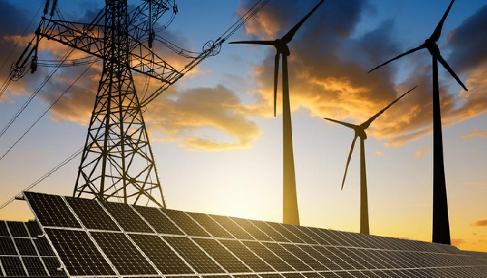ISLAMABAD: To bolster sustainable industrial growth, the government plans to revamp the electricity supply framework for Special Economic Zones (SEZs) under the China-Pakistan Economic Corridor (CPEC). The revised mechanism aims to ensure a reliable power supply, addressing longstanding challenges faced by SEZs.
Under the proposal, SEZs will be allowed to sign Power Purchase Agreements (PPAs) with distribution companies (DISCOs) to meet their peak electricity demands for an initial five-year term, extendable upon mutual agreement. SEZs will remain within the service territory of the respective DISCOs, with the developers signing operation and maintenance (O&M) agreements for infrastructure development, electricity supply, billing, and collection. This arrangement eliminates the need for additional licenses for zone developers.
Key Features of the Revised Mechanism
Uniform Industrial Tariff: Industrial consumers within SEZs will be charged a standardized tariff, while SEZ developers will receive an O&M fee approved by the National Electric Power Regulatory Authority (NEPRA) within DISCOs’ distribution margins.
Licensing for Last-Resort Supply: SEZs will apply for supplier-of-last-resort and distribution licenses under NEPRA’s regulations to ensure compliance with supply codes and infrastructure development standards.
Addressing Challenges: The mechanism tackles issues such as unreliable electricity supply, delayed infrastructure development, and ambiguities in licensing under NEPRA’s Act, which have impeded industrial progress.
The Power Division emphasized that the NEPRA Act does not currently cover single-point electricity supply arrangements for further resale, creating procedural delays for power connections. These delays have resulted in higher tariffs for SEZs compared to uniform industrial rates, as highlighted in the Development Agreement of Rashakai SEZ.
Legislative Context and Objectives
Established under the SEZ Act 2012 (amended in 2016), SEZs are designed to attract domestic and foreign investment, offering concessions and benefits to investors. However, persistent issues, including the lack of firm generation capacity, unreliable electricity supply, and delays in licensing, have hindered their potential.
The government’s revised strategy aligns with the statutory obligation of ensuring utilities for SEZs, as mandated under the SEZ Act and related rules. By addressing these systemic challenges, the proposed mechanism seeks to promote uninterrupted power supply, enhance industrial productivity, and foster economic growth within SEZs.
The Cabinet Committee on Energy (CCOE) is expected to deliberate on and approve the proposed changes, paving the way for a more streamlined and effective power supply framework.
Story by Khalid Mustafa





